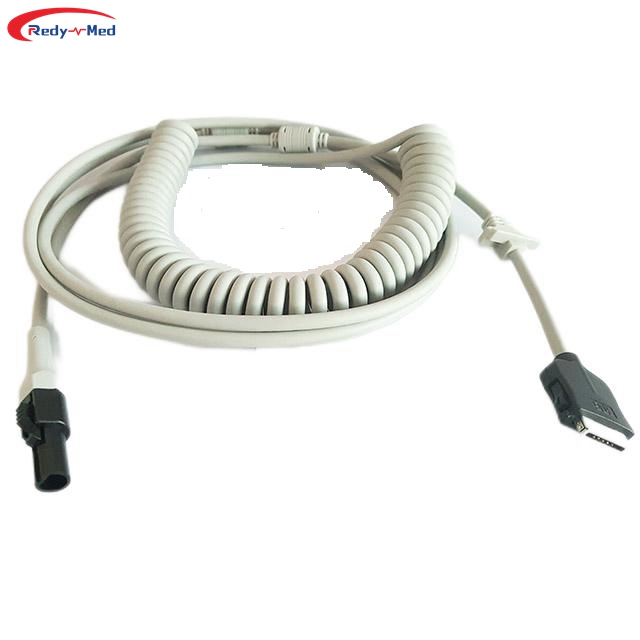
Classification and difference of ECG cables
2024-03-21 00:04:44
Overview of ECG Cables

Electrocardiography (ECG) cables are an essential component of ECG machines used for monitoring and diagnosing heart conditions. These cables connect the patient's body to the ECG machine, allowing the electrical signals produced by the heart to be transmitted and analyzed. There are various types of ECG cables available in the market, each designed for specific purposes and applications.
1. Lead Configuration
The first classification of ECG cables is based on the lead configuration. ECG machines can have different lead configurations, such as 3-lead, 5-lead, or 12-lead systems. The number of leads determines the number and position of electrodes placed on the patient's body. The cables of each configuration differ in the number, arrangement, and length of wires. For example, 3-lead ECG cables have three wires for monitoring three specific leads, while 12-lead ECG cables have a more complex arrangement to capture a comprehensive view of the heart's electrical activity.
2. Cable Design
The second difference lies in the design of the ECG cables. There are two main types: reusable and disposable cables. Reusable cables are typically thicker and more durable, designed to withstand multiple uses and cleaning procedures. They offer higher quality signal transmission and are cost-effective in the long run. On the other hand, disposable cables are lightweight and more convenient for single-use scenarios, such as in emergency departments. Their main advantage is their disposable nature, which reduces the risk of cross-contamination and eliminates the need for cleaning and maintenance.
3. Connector Types
Another classification parameter is the connector type used for connecting the ECG cables to the electrodes and the ECG machine. There are two common connector types: banana and snap connectors. Banana connectors are typically used in hospital settings, providing a secure and reliable connection. They are more robust and less prone to accidental disconnection. Snap connectors, on the other hand, are commonly used in home-based or ambulatory monitoring systems due to their ease of use. They allow quick electrode attachment and detachment, facilitating convenience for patients.
In summary, ECG cables can be classified based on lead configuration, cable design, and connector types. The lead configuration determines the number and arrangement of electrodes, while the cable design determines their reusability or disposability. The connector type influences the ease of use and reliability of the ECG cables. Understanding these differences is crucial for healthcare professionals in selecting the most appropriate ECG cables for their specific needs.
Get the latest price? We'll respond as soon as possible(within 12 hours)




